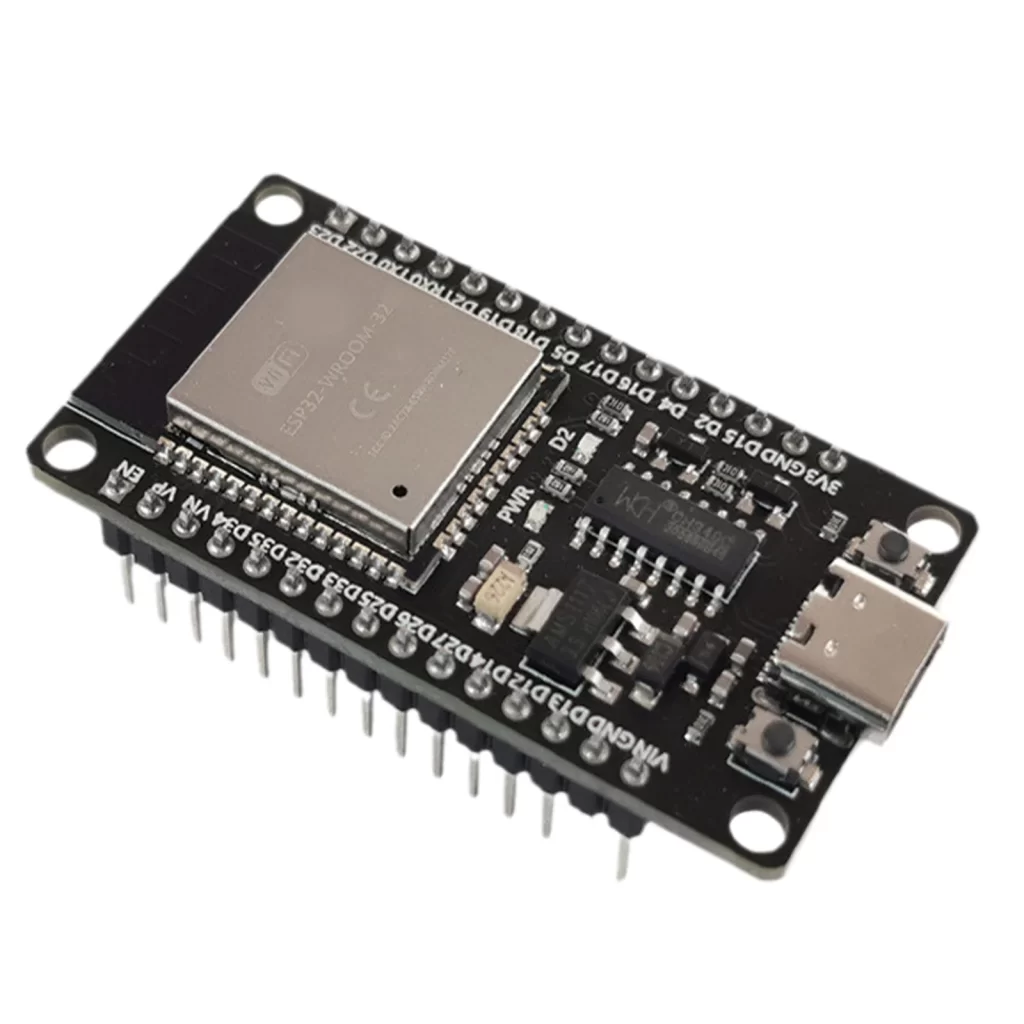The ESP32 is a powerful microcontroller that’s often chosen over Arduino or Raspberry Pi for certain projects. It’s affordable, versatile, and packed with features like built-in Wi-Fi and Bluetooth. But why would you use it instead of an Arduino or Raspberry Pi? Let’s break it down simply.
What Makes the ESP32 Special?
- Built-In Wi-Fi and Bluetooth
Unlike Arduino, the ESP32 has built-in wireless connectivity. You don’t need extra modules to connect to the internet or communicate with devices wirelessly. - Powerful Dual-Core Processor
The ESP32 has two 32-bit cores that run at up to 240 MHz, giving it more power than most Arduino boards. - Affordable and Compact
It’s smaller and often cheaper than a Raspberry Pi, making it ideal for portable or budget-friendly projects. - Low Power Consumption
With its deep sleep mode, the ESP32 is perfect for battery-powered projects. - Versatile GPIO Pins
The ESP32 can handle analog inputs, PWM, I2C, SPI, UART, and more, making it a great choice for connecting sensors and devices.
Why Use ESP32 Over Arduino or Raspberry Pi?
Over Arduino
- Wi-Fi and Bluetooth: No need for additional modules.
- More Processing Power: Suitable for advanced tasks like data streaming.
- Multitasking: The dual-core processor allows multiple processes simultaneously.
Over Raspberry Pi
- Lower Cost: Perfect for projects on a budget.
- Lower Power Requirements: Great for battery-operated devices.
- Easier for Simple IoT Projects: No need for a full operating system.
What Can You Build with the ESP32?
The ESP32 is perfect for IoT and connected projects. Here are some ideas:
Applications
- Smart home devices (e.g., Wi-Fi-enabled lights or thermostats).
- Wireless sensors for temperature, humidity, or motion.
- Wearable devices that communicate via Bluetooth.
- Remote-controlled robots or drones.
Project Ideas
- Wi-Fi Weather Station
Use the ESP32 to collect weather data from sensors and send it to a web page or mobile app. - Bluetooth-Controlled LED Strip
Build a colorful LED display you can control with your phone. - IoT Door Lock
Create a smart lock that you can open with a smartphone app or a fingerprint sensor. - Wireless Security Camera
Pair the ESP32 with a camera module to stream live video over Wi-Fi. - Energy Monitor
Monitor your home’s energy usage in real time and upload the data to the cloud.
Conclusion
The ESP32 bridges the gap between Arduino’s simplicity and Raspberry Pi’s advanced features. It’s a perfect choice for IoT projects, offering wireless connectivity, low power consumption, and plenty of processing power—all at a budget-friendly price.
Whether you’re a beginner or an experienced maker, the ESP32 opens up exciting possibilities for your next project.

